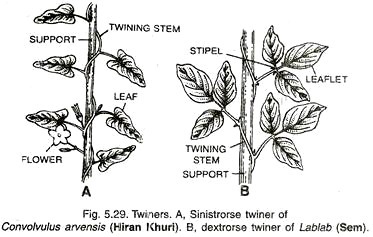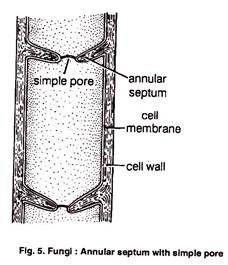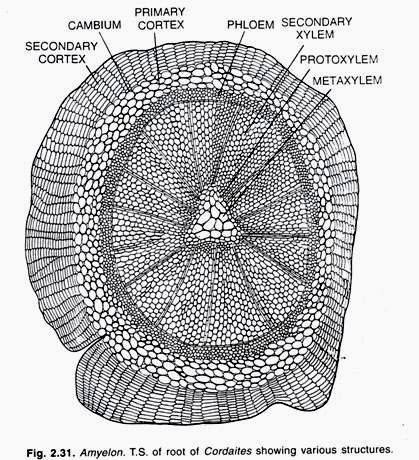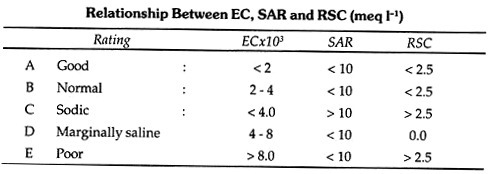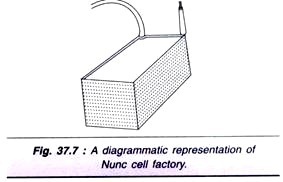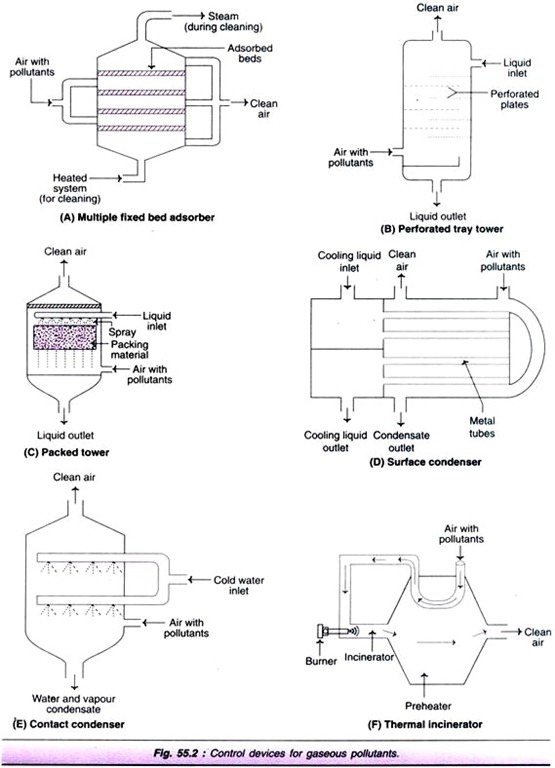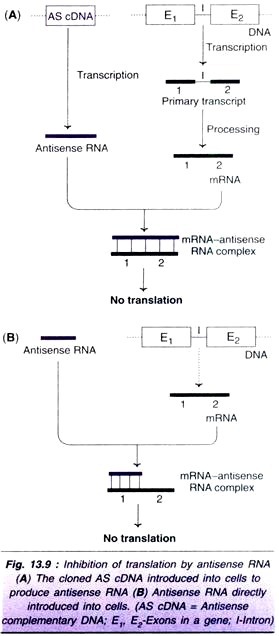ADVERTISEMENTS:
General Concerns and Principles
(1). Forewords and Parameters Definition:
Basically the treatment bioprocessing involves either of two mechanisms to accumulate and store the biomass.
The first is a flocculated suspension of biological growth called activated sludge, which is mixed with the waste waters.
ADVERTISEMENTS:
In the second, a biological film is fixed to an inert surface support medium on which the waste waters pass over. The applied process biotechnology in the past therefore has comprised mostly three systems. These are, (a) the activated sludge process (ASP), (b) the trickling filter (a fixed film process, FFP) and (c) the anaerobic digestion (AD) of waste organic materials.
The purpose of treatment of waste waters or liquid wastes is to avoid possible fates of disposal of untreated one. These fates as shown in Fig. 11.1 indicate the cause of happening of hazards depending on the liquid waste origin (Fig. 11.2). So the purposes of treatment and undesirable materials to be removed from waste water are many as are evident from Table 11.1 and Table 11.2.
In more recent years advances in treatment process biotechnology have primarily involved improvements in the basic biotechnology, innovations, broadening of the application of the process, and an advancement in the design, analysis and operational procedures. In treatment bio-processing microbial cell populations may be specifically adapted to certain compounds and successfully achieve bio-oxidation. Examples of such compounds are many. Phenol, cyanide, polyphenols, thiocyanates are few examples.
Most organic materials present in industrial wastes are amenable to bio–oxidation implying thereby that they are amenable to biological treatment. When a specific toxic or inhibitory waste streams are present in the total stream, successful biological treatment is hampered. In such cases proper biological waste water treatment design procedures for complex industrial wastes is essential.
It should include characterization of various waste streams contributing to over-all flow e.g. river or other flowing system. The most important characterization parameters include biochemical oxygen demand (BOD) and chemical oxygen demand (COD). The two parameters in turn are usually found to be related to each other by a simple correlation.
(2). Biochemical Oxygen Demand:
1. General considerations:
Biochemical oxygen demand (BOD) is usually defined as the amount of oxygen required by bacteria while stabilizing decomposable organic matter under aerobic conditions. The BOD test is essentially a bioassay procedure involving the measurement of oxygen consumed by living organisms (mainly bacteria) while utilizing the organic matter present in a waste.
This test is widely used to determine the pollution strength of sewages and industrial wastes in terms of the oxygen that they will require if discharged into natural water courses in which aerobic condition exists. Biological degradation of organic matter under natural conditions is brought about by a diverse group of organisms that carry the oxidation essentially to completion, i.e., almost entirely to carbon dioxide and water.
Therefore, it is important that mixed group of organisms, commonly called ‘seed’ be present in the test. The rate at which the reactions proceed is governed to a major extent by population numbers and temperature. Temperature effects are held constant by performing the test at 20°C.
Theoretically, an infinite time is required for complete biological oxidation of organic matter but for all practical purposes, the reaction may be considered complete in 20 days. However a 20-day period is too long to wait for results in most instances. It has been found by experience that a reasonably large percentage of the total BOD is exerted in 5 days; consequently the test has been developed on the basis of a 5-day incubation period.
ADVERTISEMENTS:
2. The nature of BOD reaction:
Studies of the kinetics of BOD reactions have established that they resemble uni-molecular reactions or first order in character or in reality the rate of the reaction is proportional to the amount of oxidisable organic matter remaining at any time.
3. Phases of BOD curve:
ADVERTISEMENTS:
A typical BOD curve is shown in Fig. 11.3. The curve shows two distinct phases. The ‘seed’ which is derived from soil or domestic sewage, contain large numbers of saprophytic bacteria that utilize carbonaceous matter present in the samples. In addition they normally contain autotrophic bacteria particularly nitrifying bacteria, which are capable of oxidizing non- carbonaceous matter.
The nitrifying bacteria are usually present in relatively small numbers in un-aerated domestic sewage and, fortunately, their reproduction rate at 20°C is such that their populations do not become sufficiently large to exert an appreciable demand for oxygen until about 8 or 10 days have elapsed in the regular BOD test. Once the organisms become established, they oxidize nitrogen in the form of ammonia to nitrite and nitrate by using oxygen.
The interference caused by nitrifying organisms makes the actual measurements of total carbonaceous BOD impossible unless provision is made to eliminate them. It was a major reason for selecting a 5-day incubation period for the regular BOD test.
In case where the effluent is from biological treatment units, such as trickling filters and activated sludge’s, it often contains populations of nitrifying organisms sufficient to utilize significant amounts of oxygen during the regular 5-day incubation period. It is important to know the amount of residual carbonaceous BOD in such cases in order to be able to measure plant efficiency. The action of nitrifying bacteria can be arrested by the use of specific inhibiting agents such as methylene blue, or the microbial populations can be made absent from the samples by sterilization.
4. Evaluation of the values of K and La:
Formulation of the first-stage BOD of waste water as a first order reaction yields the following equations:
(3). Chemical Oxygen Demand (COD):
The amount of oxygen required to oxidize waste water component by purely chemical reaction under specified condition has been termed chemical oxygen demand.
(4). BOD-COD Correlation:
From the above discussions and definitions, the BOD measures waste which are biologically oxidizable and COD measures organic and inorganic wastes which are chemically oxidizable. Usually COD is greater than BOD. All wastes whether organic or inorganic will have a percentage of following component.
(a) (i) Biochemically oxidizable part (BO)
(ii) Not biochemically oxidizable part (NBO)
(b) (i) Chemically oxidizable part (CO)
(ii) Not chemically oxidizable part (NCO)
ADVERTISEMENTS:
ADVERTISEMENTS:
Waste components resistant to biochemical oxidation > waste components resistant to chemical oxidation.
(5). Other Indices:
In literature besides BOD and COD various other indices have been used for measuring strength of waste and waste waters. In brief their definitions are given below.
Total Oxygen Demand (TOD):
It is the stoichiometric amount of oxygen required to oxidize completely a substance to products like CO2, H2O, HNO3, H3PO4, H2SO4 etc.
Ultimate Biological Oxygen Demand (UBOD):
The total BOD measured over an incubation period long enough for the reaction to reach virtual completion.
Immediate Oxygen Demand (IOD):
The amount of oxygen utilized by a waste or waste water sample immediately (within 15 minutes) upon being mixed with air saturated distilled water.
(6). Correlation of BOD with Other Indices:
From the time profile of BOD as shown in Fig. 11.3 the distinction between the indices are clear. It has been shown that
y5 = BOD5 = (UBOD – IOD) (1 – Kt) (11.8)
Where K is rate constant = 0.794 and t is time in days. So,
y5 = BOD5 = (UBOD – IOD) (1 – 0.7945)
or y5 = BOD5 = 0.68 (UBOD – IOD) (11.9)
(7). Determination of Indices (API Method):
BOD5: Sample is diluted with distilled water (standard), seeded with bacteria and then incubated at 68°F (20°C) for 5 days. The decrease in oxygen content between original sample and incubated sample gives BOD5 (20oCl. COD: Sample is digested for 2 hours at 290°F with H2SO4 and excess K2 Cr2O7. The consumption of K2 Cr2 O7 is the 2hr COD. It is also expressed as 4hr KMnO4 value of COD.
IOD: The sample waste water is diluted with asserted distilled water and allowed to stand for 15 minutes. The dissolved oxygen (DO) content is determined for the diluted mixture. The oxygen consumed is obtained from the difference between the oxygen added with the distilled water and that remaining in the diluted mixture at the end of 15 minutes reaction period.

